
- Services .
- Industries .
- Company .
Explore detailed insights, expert opinions, and updates in our blog. Stay informed, discover new perspectives, and enhance your knowledge with every read.
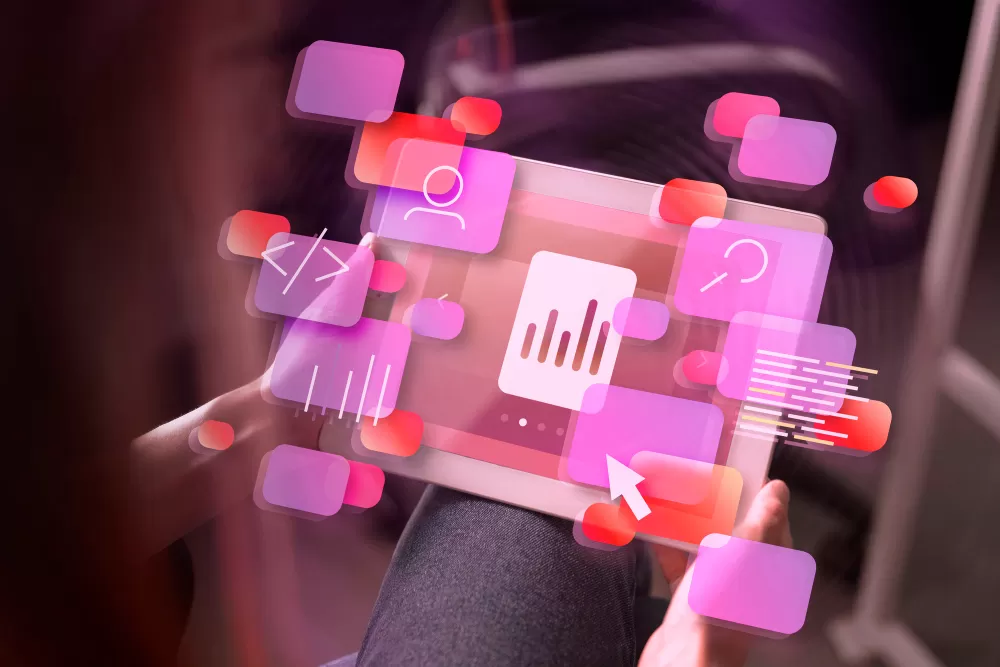
In today’s fast-paced digital world, websites and mobile apps have become integral parts of our daily lives. From shopping and banking to learning and entertainment, these digital tools have revolutionized how we live, work, and interact. With the rapid advancement in technology, they are helping create a smarter lifestyle — one that is more connected, efficient, and tailored to individual needs.
As we continue to innovate, the role of websites and mobile apps in shaping a smarter lifestyle is only set to grow. Let’s dive into how these platforms are changing the way we live and the future of technology in this space.
1. Seamless Connectivity and Convenience
One of the greatest benefits of websites and mobile apps is the seamless connectivity they offer. In the past, completing simple tasks like ordering food, scheduling appointments, or managing finances involved manual processes. Today, with just a few taps on your mobile screen, you can access services, communicate, and shop online from anywhere in the world.
Key Examples:
Mobile apps are making it easier than ever to access services from the palm of your hand, giving users more freedom and flexibility.
2. Personalized Experiences
In the modern digital world, one-size-fits-all doesn’t work anymore. Whether it’s in entertainment, fitness, or even shopping, personalized experiences are now the norm. Both websites and mobile apps are employing AI-driven algorithms to understand user preferences and create custom-tailored experiences.
Key Examples:
These apps and websites leverage data to give users content and experiences that align with their personal preferences and needs.
3. Health and Wellness Management
In today’s world, health and wellness have taken a central role, and digital platforms are making it easier to monitor and maintain well-being. Mobile health apps and wellness websites help people track everything from physical activity to mental health, providing a smarter way to take charge of their health.
Key Examples:
With apps and websites dedicated to health management, individuals now have more control over their well-being, promoting a smarter lifestyle.
4. Smart Homes and IoT Integration
The Internet of Things (IoT) has opened up an entirely new realm of possibilities for creating smarter living environments. Mobile apps and websites are at the core of this smart home revolution, enabling users to control various aspects of their homes with ease.
Key Examples:
These connected devices and platforms are making homes more energy-efficient, secure, and convenient, creating an entirely new level of comfort and intelligence in daily life.
5. Enhanced Learning and Education
Education is no longer confined to classrooms. With the rise of e-learning platforms and mobile education apps, knowledge is just a click away. These platforms are offering people of all ages the opportunity to learn at their own pace, from anywhere in the world.
Key Examples:
These digital tools are making education more accessible, personalized, and convenient, contributing to the creation of a smarter lifestyle in the modern world.
6. Financial Management and Investment
In an increasingly digital world, managing personal finances has become simpler and more efficient. Mobile apps and websites are providing tools that allow users to track expenses, budget, and even invest in stocks and cryptocurrency from their phones.
Key Examples:
These apps are bringing financial literacy and wealth management to a broader audience, enabling individuals to make more informed and intelligent financial decisions.
7. Remote Work and Collaboration Tools
The shift to remote work, accelerated by the pandemic, has made collaboration tools and productivity apps essential for business success. Websites and mobile apps are empowering professionals to stay connected, work efficiently, and manage teams from anywhere in the world.
Key Examples:
These tools are helping professionals and organizations stay productive, driving the rise of remote work and further enhancing the smarter lifestyle.
8. Entertainment and Social Media
Websites and mobile apps have drastically transformed how we access entertainment and stay connected with the world. Social media platforms, in particular, have revolutionized communication, while apps offer endless entertainment options.
Key Examples:
These platforms are creating new ways to connect with others, entertain ourselves, and build meaningful relationships through digital means.
9. Travel and Transportation
Travel has become simpler, more efficient, and more personalized with the advent of digital tools. Websites and mobile apps now offer users real-time information, booking services, and personalized travel experiences.
Key Examples:
These tools are reshaping how we travel, offering greater flexibility, ease of use, and personalized experiences.
10. Social Impact and Community Engagement
Mobile apps and websites are also being used to foster social impact, creating opportunities for individuals and organizations to make a difference. Whether it’s donating to charity, organizing events, or creating awareness, these platforms are enabling people to connect for causes that matter to them.
Key Examples:
These digital tools are empowering people to take action and create meaningful social change.
11. Smart Shopping Experiences
Gone are the days of traditional shopping experiences where customers had to go to brick-and-mortar stores to browse products. Today, e-commerce websites and mobile shopping apps offer a personalized, hassle-free shopping experience that enhances convenience and accessibility.
Key Examples:
These apps have not only made shopping more accessible but also more engaging, offering features that enable consumers to try, customize, and make better purchasing decisions with ease.
12. Artificial Intelligence-Powered Customer Support
AI-driven websites and mobile apps are providing personalized customer service experiences like never before. Virtual assistants, chatbots, and AI-powered help desks are helping businesses meet customer needs instantly, offering 24/7 support.
Key Examples:
These tools are improving the overall customer experience by offering faster, more responsive, and personalized support, making interactions smoother and more efficient.
13. Sustainability through Digital Innovation
Websites and mobile apps are playing an essential role in promoting sustainability. Whether it’s reducing waste, tracking energy usage, or encouraging eco-friendly choices, digital platforms are helping individuals and businesses contribute to a more sustainable future.
Key Examples:
These apps promote eco-conscious behaviors, helping users make more sustainable decisions that align with their lifestyle goals.
14. Enhanced Security and Privacy
As concerns about data security and privacy continue to rise, websites and mobile apps are incorporating cutting-edge features to safeguard personal information. Stronger encryption protocols, two-factor authentication, and advanced security measures are helping users enjoy safer digital experiences.
Key Examples:
As data protection becomes a key concern in today’s digital-first world, these tools are creating more secure environments for users, protecting them from cyber threats.
15. Smart Financial Tools for a Smarter Lifestyle
Mobile apps and websites are revolutionizing the personal finance industry, helping individuals manage their money, invest, and plan for the future more effectively. These platforms are creating a smarter approach to financial well-being by offering instant access to tools that help track, save, and invest.
Key Examples:
These platforms make managing finances easier and more accessible, promoting smarter financial decision-making and fostering a culture of savings and investment.
16. Digital Fitness and Wellness Communities
Fitness and wellness apps are creating virtual communities that connect like-minded individuals, providing motivation, support, and personalized fitness guidance. Whether it’s through fitness challenges, virtual classes, or expert-led training sessions, digital tools are enhancing how people engage with their health and wellness journey.
Key Examples:
These apps and websites offer much more than just exercise tracking—they provide a community of support and motivation to help individuals stay healthy and engaged with their wellness goals.
17. Smart Cities and Urban Innovation
The concept of smart cities is transforming urban living. Mobile apps and websites are playing a crucial role in creating intelligent cities, where data-driven technologies improve transportation, energy management, public services, and more.
Key Examples:
By integrating IoT, AI, and big data, these apps are making cities smarter and more efficient, improving the overall quality of life for residents.
18. Digital Health Records and Remote Monitoring
Healthcare is undergoing a digital transformation, thanks to health apps and web platforms that enable remote monitoring and management of personal health records. This shift is making healthcare more accessible, efficient, and patient-centered.
Key Examples:
These digital tools are enhancing the patient experience, empowering individuals to take control of their health from the comfort of their homes, while also improving care delivery by healthcare professionals.
19. Real-Time Event Tracking and Smart Scheduling
With increasingly busy lives, scheduling, attending events, and managing time can be overwhelming. Websites and mobile apps now offer smart scheduling and event tracking tools that help individuals stay organized and keep track of important engagements.
Key Examples:
These tools help users stay organized and on top of their busy schedules, enhancing their ability to manage personal and professional commitments efficiently.
20. Social Responsibility a

How to Economically Hire Web and Mobile App Developers
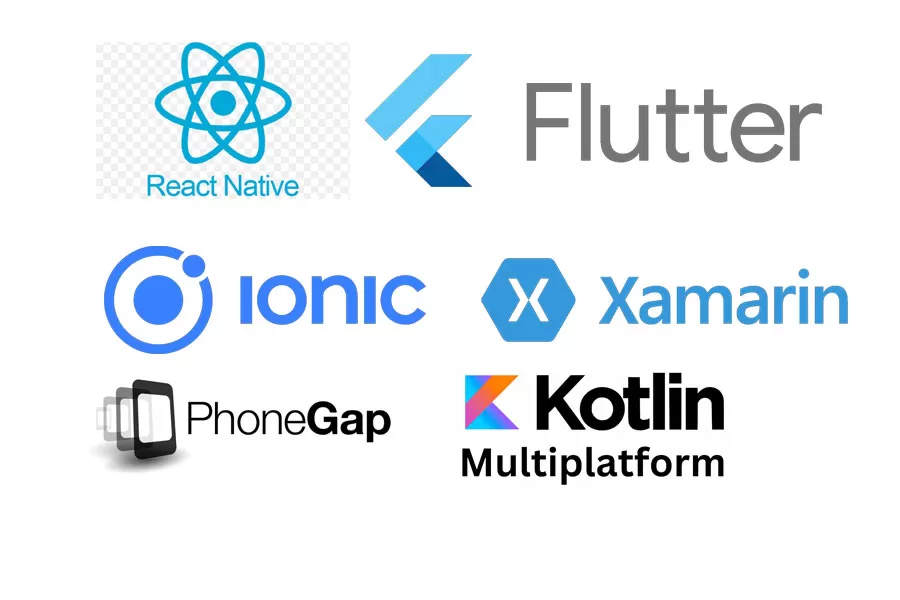
Cross-Platform App Development Guide for Startups

Custom Web Application Development Guide for Startups
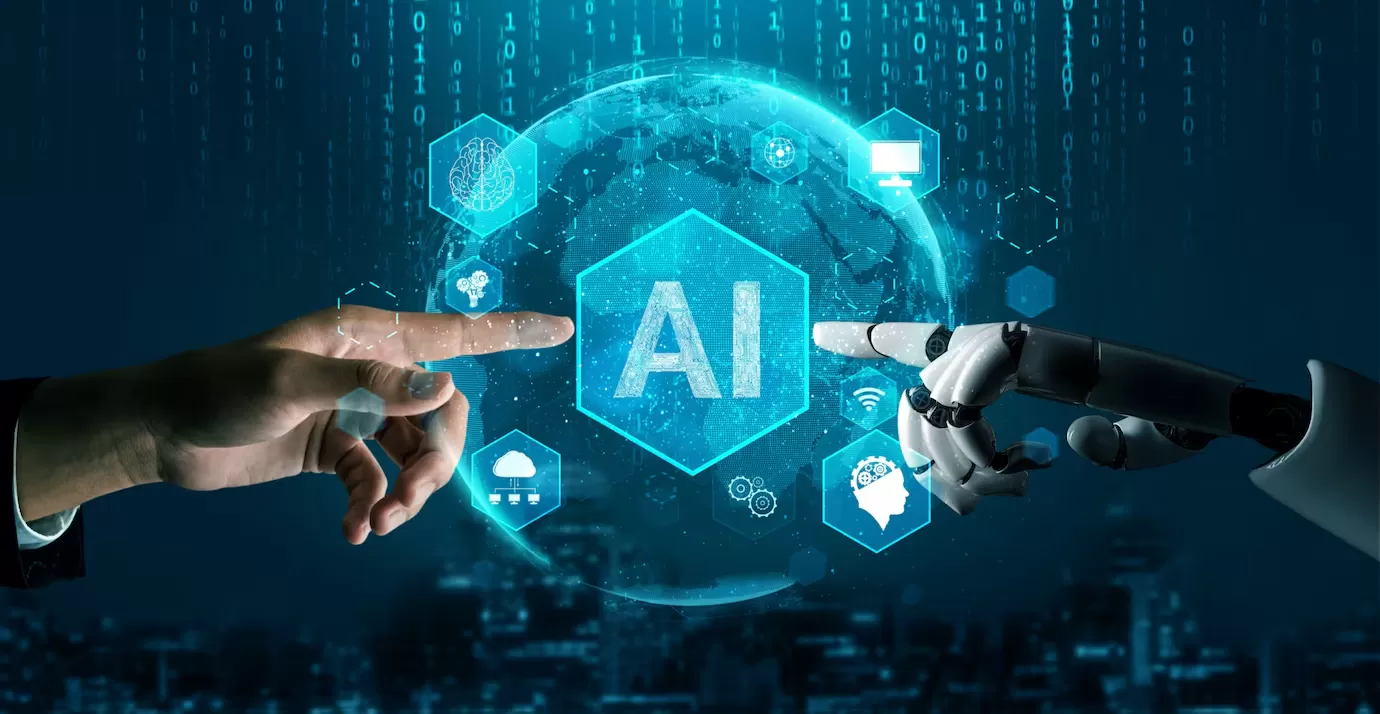
AI in Foreign Policy: Transforming Global Diplomacy
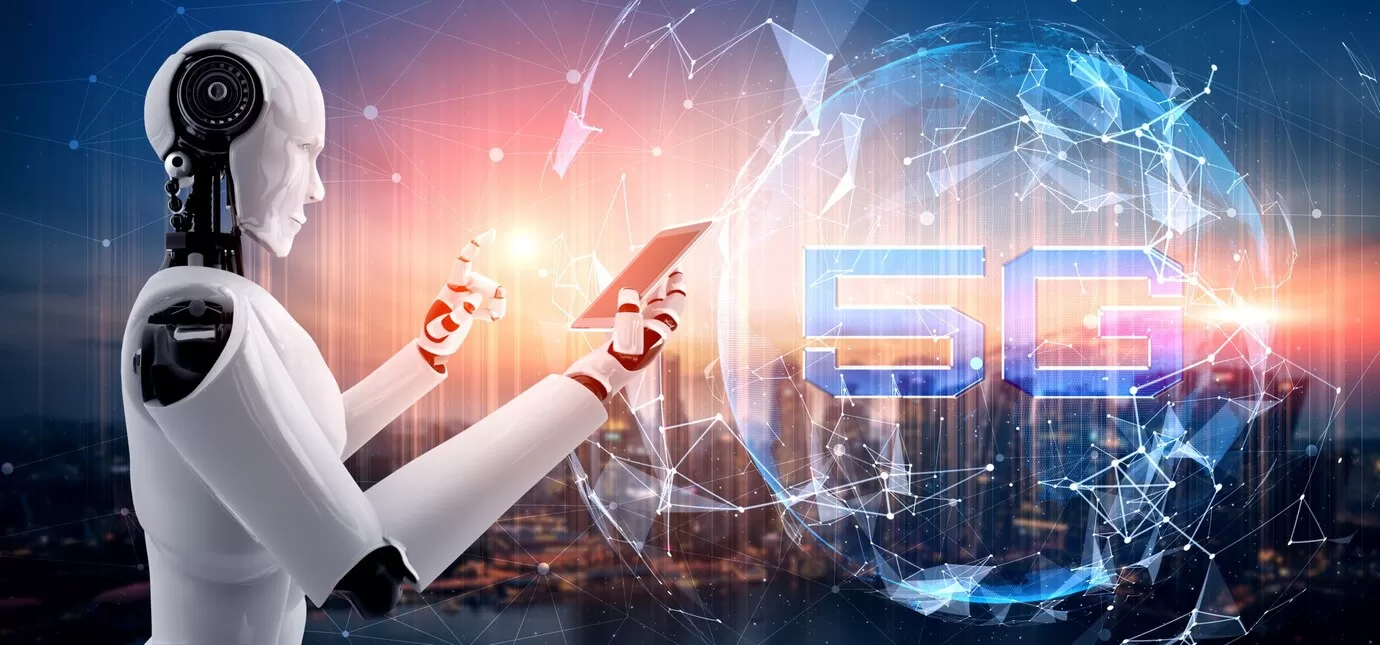
How AI and 5G Are Reshaping the Future of Telecom

How AI Is Shaping the Future of Entertainment Content

Solving Tech Debt: Smart Strategies That Boost Growth

Software Developer vs. Software Engineer: What’s the Difference?
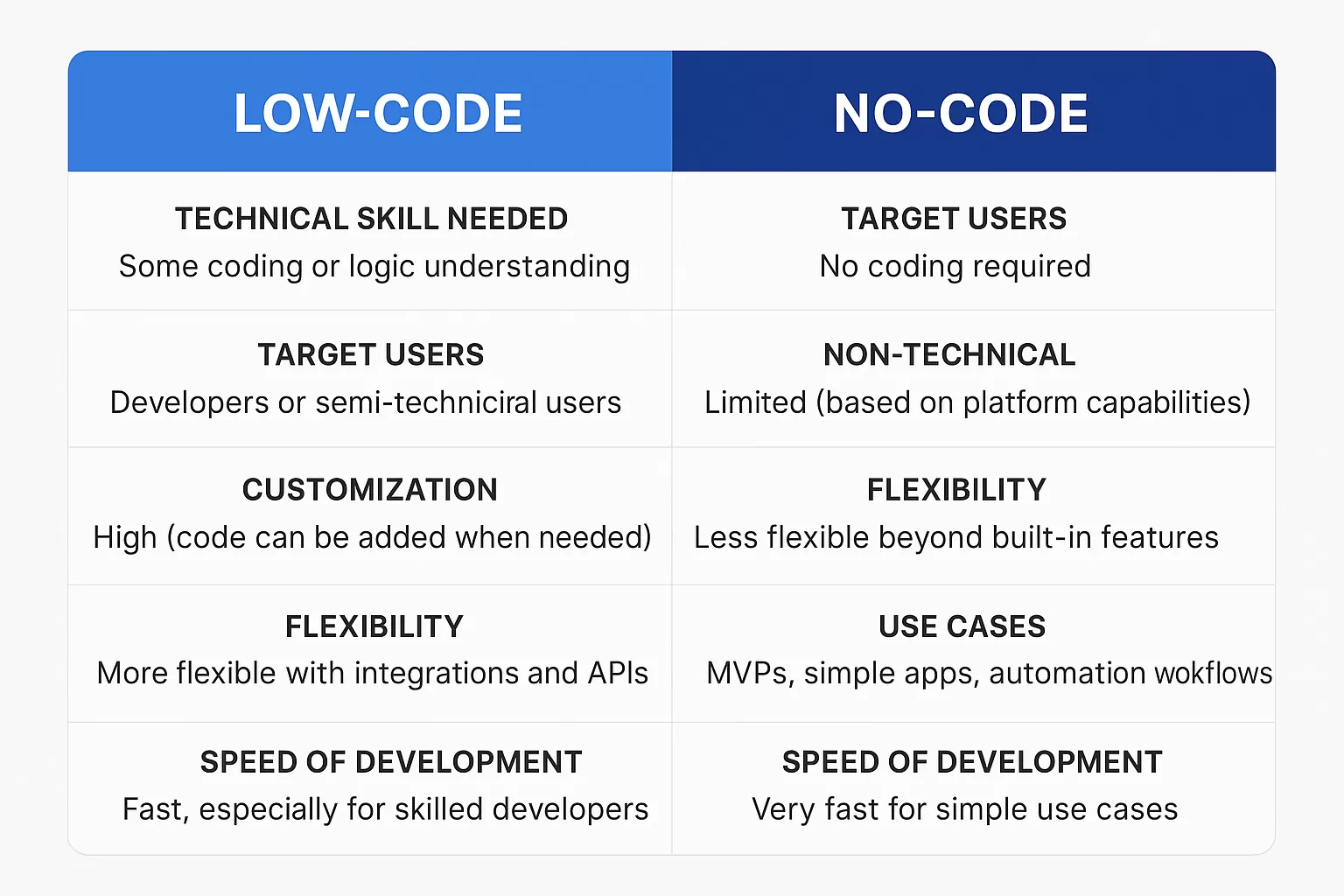
Low-code vs. no-code app development

What Is Digital Transformation? A Modern Business Guide